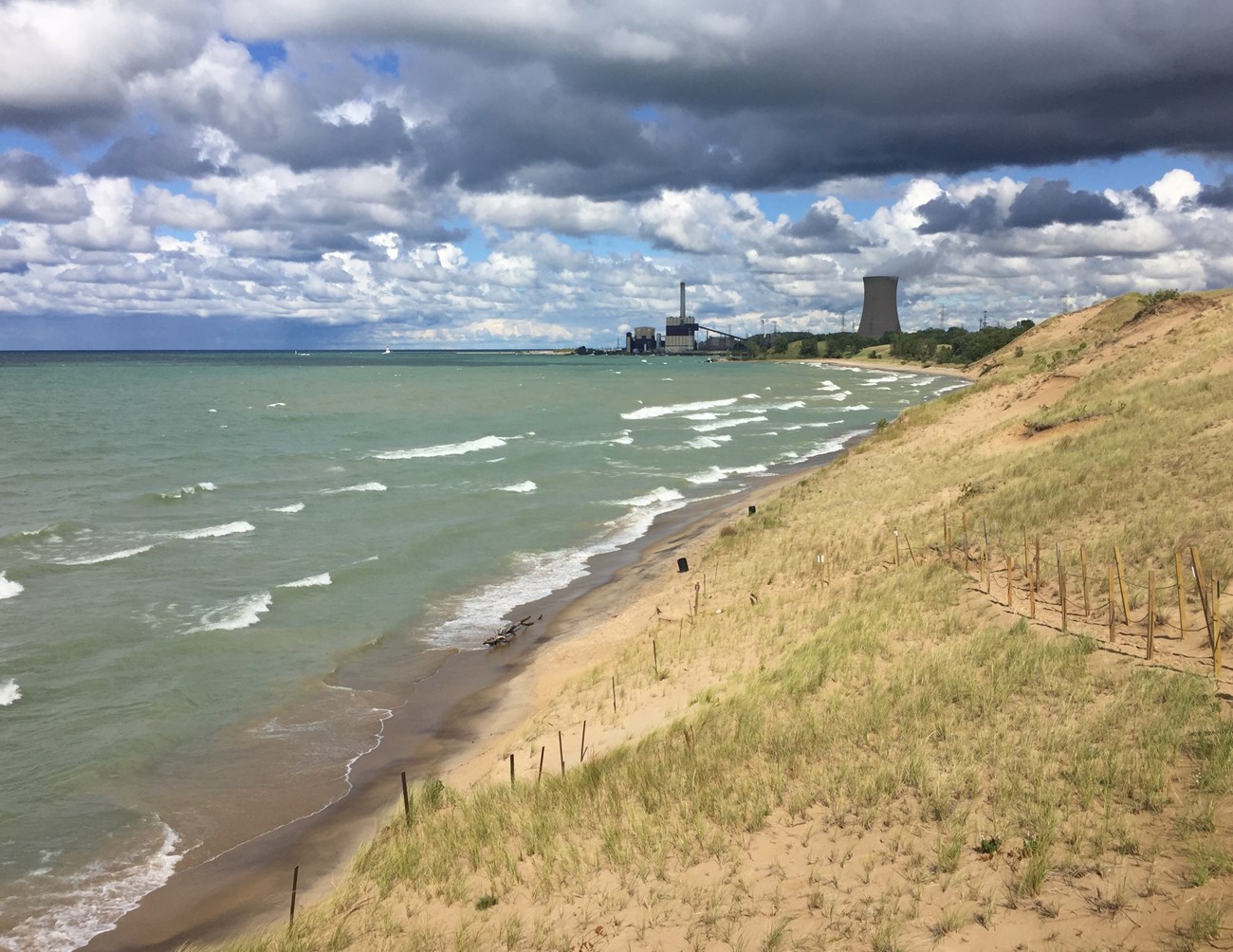
Use these resources to better your understanding of climate change and its impacts to the Indiana Dunes.Clarifying Climate Change and Related Scientific Concepts
Information about Climate Change and the National Parks
Climate Change in the Midwest Region
Climate Change & the Indiana Dunes
Resources for Other Climate Change Activities and Projects:
Other:
|
Last updated: July 26, 2023
